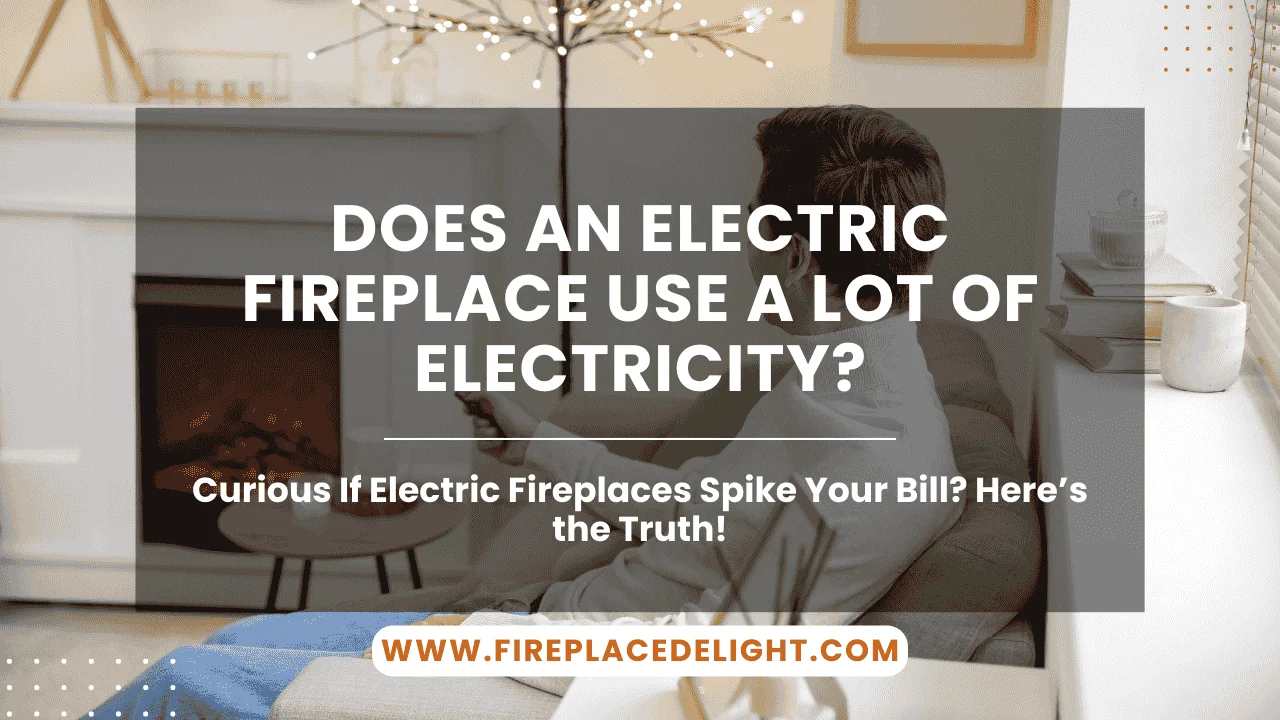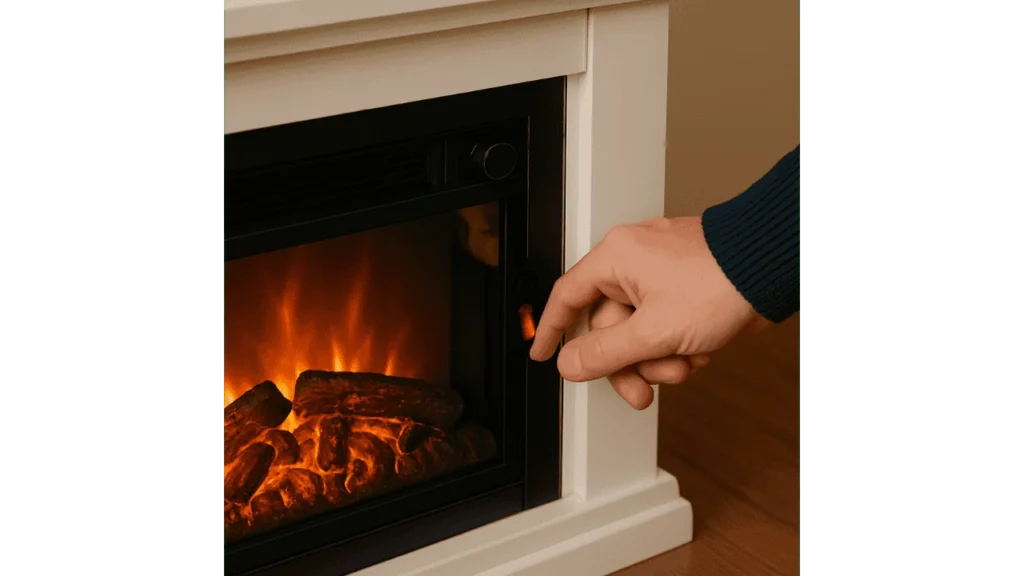One of the most common questions I get from homeowners considering an electric fireplace is whether it’ll spike their energy bill. And I get it; heating a space with electricity sounds like it might come with a hefty price tag. But in reality, electric fireplaces are more energy-efficient than many people think. The key is understanding how they work, what affects their consumption, and how to use them wisely.
Understanding Electric Fireplace Power Consumption
Typical Wattage Ratings
Most electric fireplaces operate at around 1,400 to 1,500 watts when the heater is on. That’s roughly the same as a standard space heater. The flame-only mode, however, uses significantly less power, usually between 100 and 200 watts. So if you’re just using the flames for ambiance, the cost is minimal.
“Electric fireplaces offer aesthetic warmth with low operational cost, especially when run without the heater,” says Greg Tuttle, energy consultant at EcoHeat Solutions.
Energy Usage in Different Modes
When used with the heater, an electric fireplace can draw about 1.5 kilowatts per hour. Without the heater, just using the flame effect, the draw drops significantly. Many people run the flame year-round and only use the heat function during colder months, which helps keep electricity use in check.
Calculating Operating Costs
Cost Per Hour
If your electricity rate is $0.13 per kilowatt-hour (a typical U.S. average), running a 1,500-watt electric fireplace for one hour would cost roughly $0.20. Using just the flame effect would cost closer to $0.02 per hour. It’s surprisingly affordable, especially for what you get in warmth and visual appeal.
Monthly and Annual Estimates
Let’s say you run your fireplace heater for 3 hours a day in winter. That’s $0.60 per day, or around $18 a month. Over a 4-month winter season, you’d spend about $70–$75. If you use the flame-only mode throughout the rest of the year, your cost might stay under $15 annually.
“The overall yearly cost of an electric fireplace is typically far lower than traditional heating, especially in smaller or supplemental-use scenarios,” explains Sandra Cho, residential energy advisor at WattWise.
Factors Influencing Electricity Usage
Thermostat Settings and Room Insulation
A higher thermostat setting naturally draws more power. But a well-insulated room retains heat better, so your fireplace won’t have to work as hard. If your space is drafty, the heater will cycle more often and consume more energy.
Fireplace Size and Features
Larger electric fireplaces and those with multiple heat settings or fan speeds can use more power, but they’re also better at heating bigger rooms. Added features like LED lighting or remote control have minimal impact on energy use but can slightly increase standby consumption.
Comparing Electric Fireplaces to Other Heating Options
Electric Fireplaces vs. Space Heaters
Electric fireplaces and space heaters consume about the same power, but fireplaces distribute heat more evenly and double as decor. Space heaters may warm up quicker but are often noisier and more obtrusive.
Electric Fireplaces vs. Gas and Wood Fireplaces
Gas fireplaces can be more cost-effective for whole-room heating but come with higher installation costs and maintenance needs. Wood-burning fireplaces, while cozy, are inefficient and harder to control in terms of heat output. Electric fireplaces are clean, consistent, and great for supplemental heat.
Tips for Reducing Electricity Consumption
Utilize Flame-Only Mode
Use the flame effect without heat during milder seasons. It gives you the ambiance without the added power draw.
Implement Timers and Thermostats
Set timers to turn the fireplace off after a set period. Thermostats also help by shutting the heater off once your desired temperature is reached.
Regular Maintenance
Keep the unit clean and check for dust in the vents and fan areas. A well-maintained fireplace operates more efficiently and uses less electricity over time.
Read More: 51 Fireplace Wall Ideas
Conclusion
Electric fireplaces don’t use as much electricity as most people fear. When used wisely, they offer warmth, charm, and energy efficiency. Between running costs, flexibility, and ease of use, they’re a smart choice for homeowners looking to add comfort without inflating their utility bills. With a bit of care and planning, your electric fireplace can be both beautiful and budget-friendly all year long.
- Why Is My Electric Fireplace Beeping? - July 4, 2025
- 31 Fireplace Mantel Replacement Ideas to Ignite Your Hearth in 2025 - July 4, 2025
- How to Measure for an Electric Fireplace Insert? - July 2, 2025



